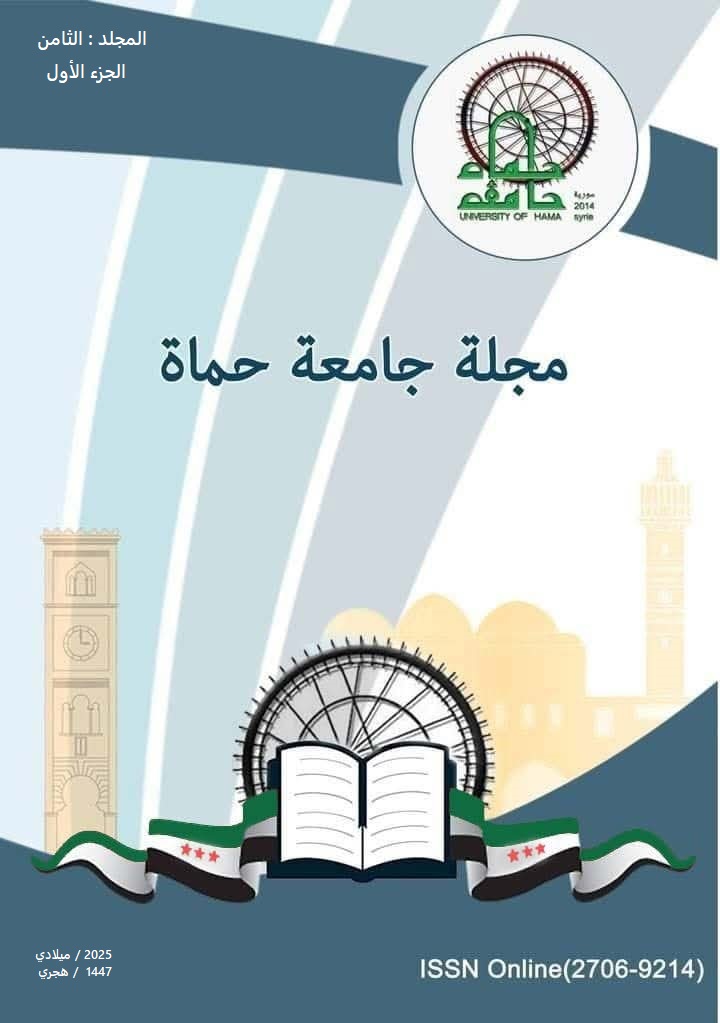Diagnosis of Ascaridia galli nematode infection of migratory quail birds in Lattakia governorate
الملخص
The aim of this research was to investigate presence of Ascaridia galli in migratory quails crossing Syrian lands during the period from late August to late October. A total of 50 birds were hunted using nets at several areas in Lattakia Governorate: Al-Bassa (near the Mediterranean Sea), Bayt Yashout, Slenfeh, and AL- Buqaa (in the mountainous region), during September, 2024. The birds were brought alive to the poultry laboratory at the Faculty of Agricultural Engineering at Lattakia University. The birds were drugged with chloroform, and dissected , the digestive tract was extracted, and placed in a Petri dish. Then, It was longitudinally divided to search of parasitic worms, and the isolated worms washed with saline solution, then it placed in glass tubes and kept in formalin until identification by microscope,
and examination samples of fecal to detect worm eggs
This study recorded prevalence and intensity of infection of Ascaridia galli based on the examination of samples (24%), (4.16), respectively. Severe infections were accompanied by some anatomical symptoms such as the presence of inflammatory edema, obstruction in the intestine. There was also a significant decrease of live weight of the infected birds compared to healthy ones, it recorded weights of 80g for males and 90g for females, compared to healthy birds weight 95g for males and110g for females, and The infection rate of females is higher than males. This study concluded that Ascaridia galli is one of the most common species of nematodes in migratory quails, causing health and production damage, and during a migration of these birds may serve as potential vectors of worms eggs.


